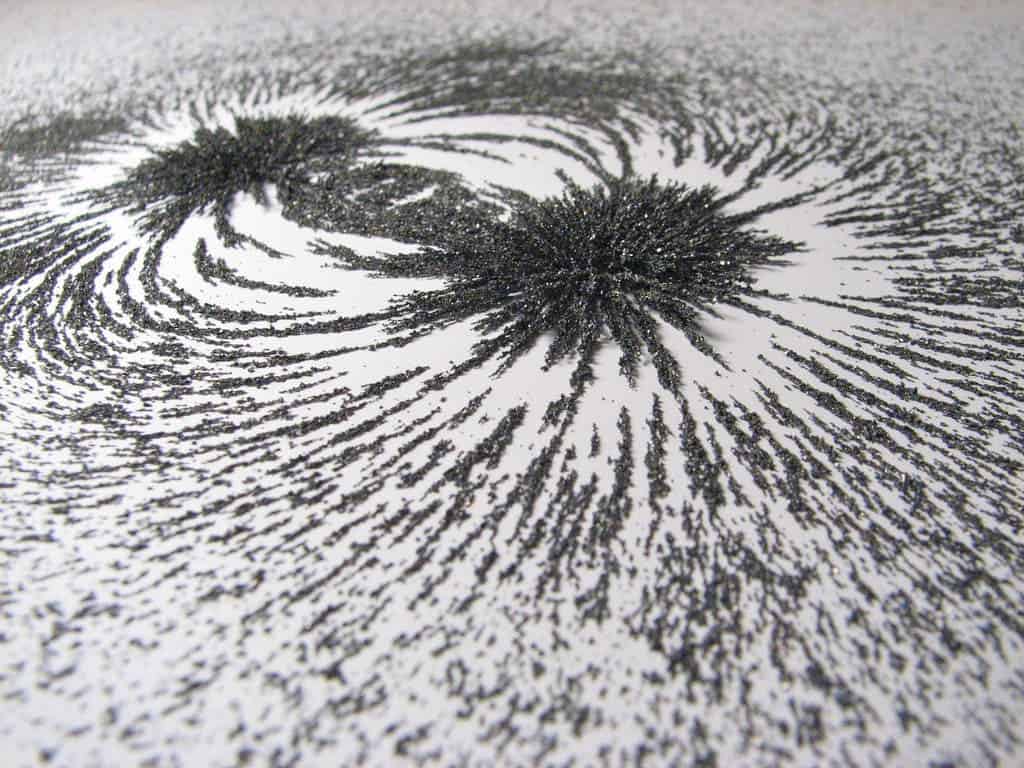The Earth’s solid core likely formed about 565 million years ago, new research reveals — saving Earth’s magnetic shield in the process.

Earth’s magnetic field forms a veritable bulwark against charged particles coming from space — such as solar wind and rays of cosmic radiation — that would otherwise turn us all to crispy mush. It also safeguards Earth’s atmosphere, which would be flayed little by little by these same solar winds in its absence. So if you enjoy breathing, you should be a big fan of the Earth’s magnetic field.
Our planet hasn’t always enjoyed the magnetic field protection of today, however. New research suggests that it’s only been around for roughly 565 million years.
Restarting the dynamo
The Earth’s magnetic field was at its lowest intensity around that time, the authors of a new study report. This suggests our planet’s internal dynamo was close to collapsing at that date (since this dynamo is what generates the planet’s magnetic field). The formation of Earth’s solid inner core was the one event that could strengthen this geomagnetic field, so this could not have happened yet.
As such, the team proposes that the planet’s inner core had begun to solidify around this time, although the process was not complete. These results should help refine our current estimates of when Earth’s inner core solidified. Currently, these estimates range between 2.5 billion and 500 million years ago.
For the study, John Tarduno and colleagues measured the geomagnetic field’s past intensity and direction. They did this by looking at tiny magnetic inclusions found within single crystals of plagioclase and clinopyroxene formed 565 million years ago in what is now Canada’s eastern Quebec. Think of these inclusions — usually iron compounds — as tiny compass needles, aligning themselves to the magnetic field as the crystals formed. By studying them, the team could determine the direction and intensity of the magnetic field at the date of the crystals’ formation.
They found unprecedentedly low geomagnetic field intensities. From this, they inferred that there was a high frequency of magnetic reversals at that time, suggesting that the geodynamo was on the point of collapsing. Iron solidifying at the (fledgling) inner core boundary would have injected significant energy into the dynamo system by driving the currents of liquid metal that generate the magnetic field. Computer simulations predicted that this energy boost would be preserved in the rock record, which determines the team to look for evidence in ancient crystals.
In a News & Views article detailing the studies, Peter Driscoll writes that “the nucleation of the inner core may have occurred right in the nick of time to recharge the geodynamo and save Earth’s magnetic shield.”
The paper “Young inner core inferred from Ediacaran ultra-low geomagnetic field intensity” has been published in the journal Nature.


